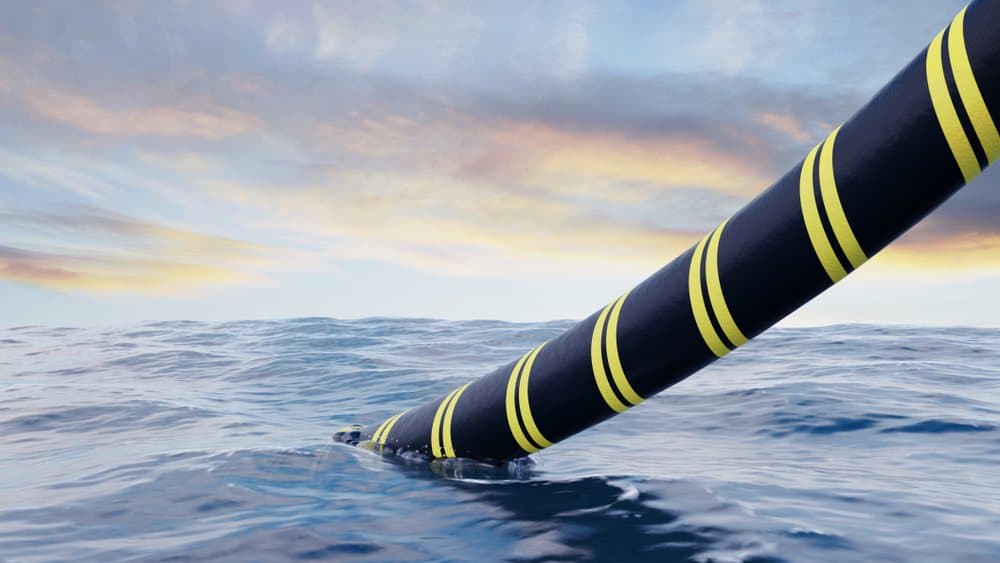
"According to Senior Transmission Architect Nic Breytenbach, Seacom wants to use the project to tackle a structural problem. Africa currently has several submarine cables along the east and west coasts, but no connection crosses the continent from coast to coast. When disruptions occur on the east coast, where most connections to Europe and Asia run, data traffic has to be rerouted via the southern tip of the continent. This results in higher costs, longer delays, and dependence on scarce and expensive capacity on other routes."
"Submarine cable less vulnerable However, Seacom sees opportunities enabled by technology typically used in submarine cables. Such systems do not require a constant power source and can be laid partly underwater or through swampy areas, making them less vulnerable to theft or sabotage. Breytenbach notes that traditional telecom cables often contain copper, making them attractive to metal thieves. Submarine cables use fiber optics and can use aluminum for electrical conduction, which greatly reduces their value to thieves."
Seacom is exploring a coast-to-coast data connection across Africa that would use submarine-cable technology despite running largely over land. A direct transcontinental link would prevent east-coast disruptions from forcing traffic to reroute around the southern tip, reducing costs, latency, and reliance on scarce capacity. Terrain, power scarcity, and political complexity make construction challenging along the Mombasa-to-Congo route. Submarine-cable systems can operate without continuous local power and can be laid through swampy or partially submerged areas, reducing vulnerability to theft because they use fiber optics and aluminum rather than copper. Tropical temperature suitability remains a practical concern.
Read at Techzine Global
Unable to calculate read time
Collection
[
|
...
]